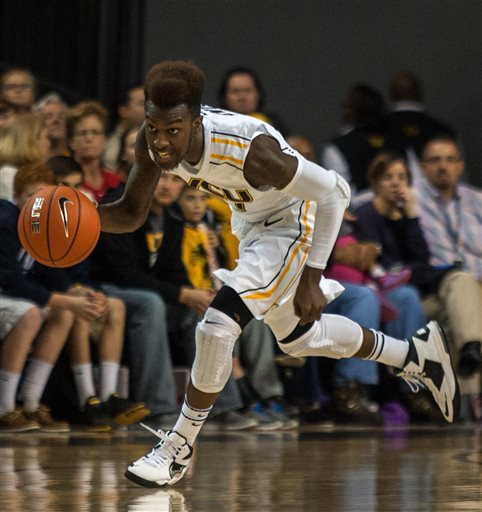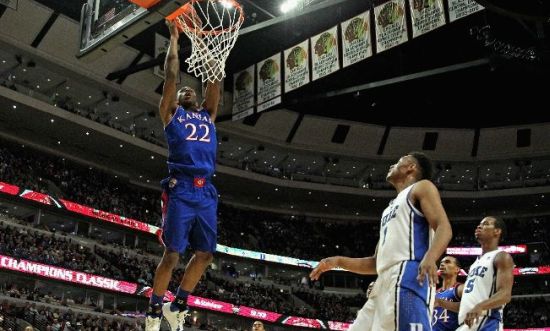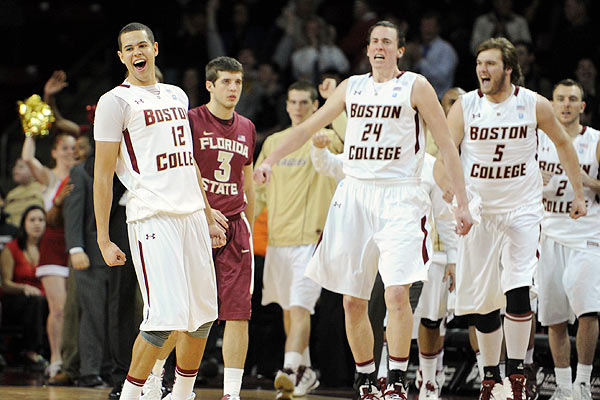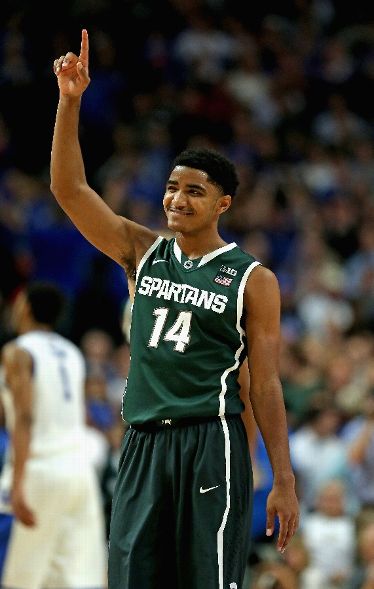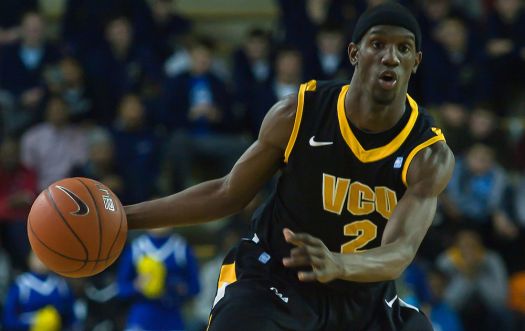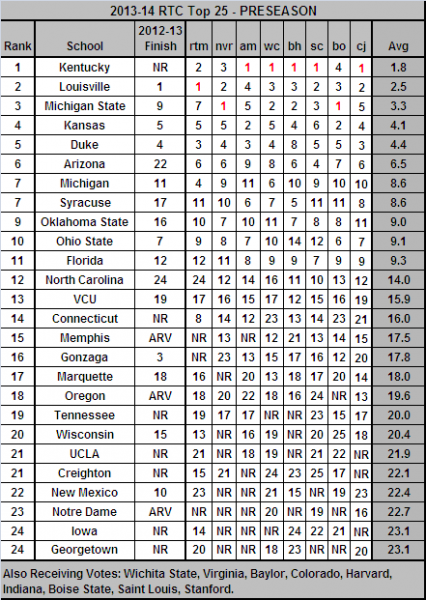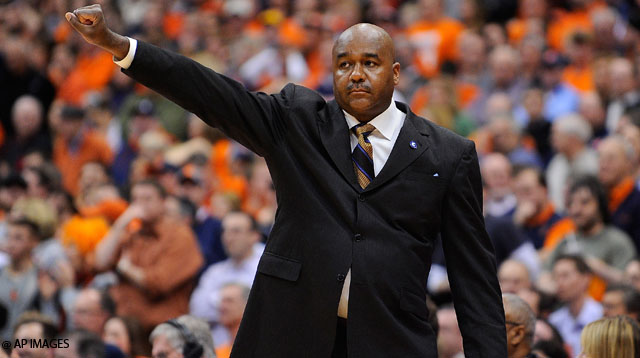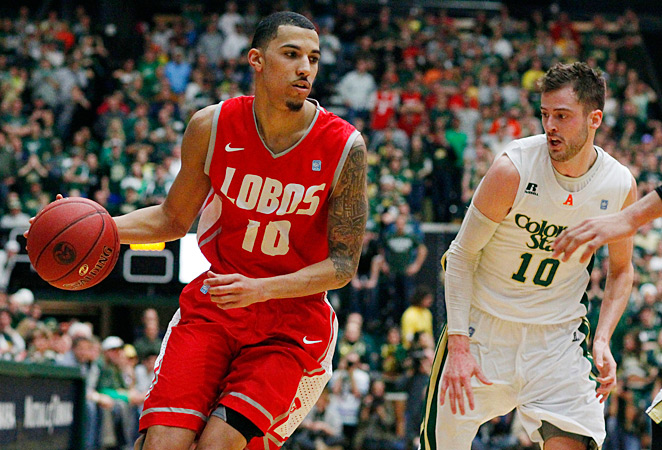The Toughest Team Always Wins: A Navy SEAL Teaches Toughness
Posted by Kenny Ocker (@kennyocker) on November 21st, 2013The toughest team always wins.
The visiting Virginia Commonwealth Rams have the ball under their own basket with 9.8 seconds to go, moments after a free throw from Virginia’s Malcolm Brogdon tied the game at 56.
“C’mon, you guys, you can do this,” former Navy SEAL John McGuire thought as he sat directly behind VCU’s bench. “Focus.”
Rams point guard Rob Brandenburg brings the ball past halfcourt, cuts to his right and passes to shooting guard Treveon Graham above the top of the key. Graham launches a three-pointer from nearly 30 feet away, snapping the net with just three seconds remaining. The Cavaliers miss a final-second heave.
Just like McGuire taught them.
McGuire, who rode on the Rams’ bus to Charlottesville and gave the pregame speech, has worked with coach Shaka Smart’s team since just after the Final Four run in 2011. The former sniper instructor now runs SEAL Team Physical Training, a Richmond, Virginia, business that focuses on fitness and team-building exercises, including for athletic teams. Smart found out about SEAL Team PT through word of mouth and called McGuire in November 2010, asking about his philosophies on teamwork and building leaders. “I think he liked what he heard,” McGuire said.
Since beginning work with VCU, SEAL Team PT has worked with nine Division I men’s basketball programs, along with college football, lacrosse, women’s basketball and baseball teams. Last offseason, McGuire personally worked with VCU, Toledo and Illinois, teams that are a combined 10-0 in 2013-14.
“Get comfortable being uncomfortable.”
McGuire prides himself on taking people out of their comfort zones with his drills, many of them taken from his Navy SEAL training. Working on an unfamiliar task levels the playing field. It forces the people taking part to work together, lead, be confident and communicate. Players are usually divided into teams for their tasks, which can include anything from push-ups and running to carrying a sandbag or rowing a boat together. Given the limited time constraints afforded McGuire by NCAA rules – sometimes his training sessions are as short as three one-hour sessions within a week – cultivating chemistry and rapport is at the top of his task list.





























